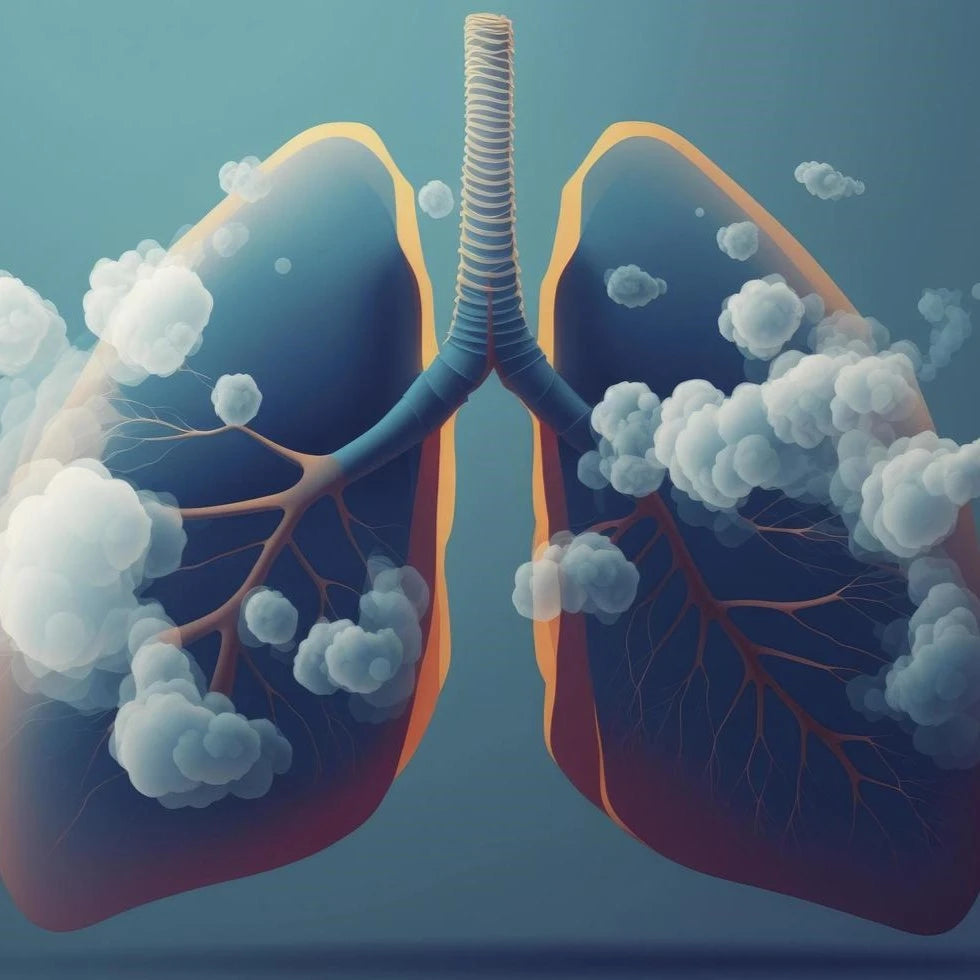Dieses wegweisende Gesetz entwickelte Luftreinhaltenormen und Kontrollmethoden. Es trug maßgeblich zur Verbesserung der Luftqualität und zur Verringerung der Luftverschmutzung bei. Letztendlich führte das Gesetz durch seine Umsetzung zu technologischem Fortschritt und methodischen Grundlagen für moderne Luftreinhaltesysteme. Die Verabschiedung des Clean Air Act in den Vereinigten Staaten im Jahr 1970 wurde als wichtiger Schritt zum Umweltschutz angesehen.

Die Überwachung der Luftqualität erfolgt heutzutage mithilfe verschiedener Techniken und Technologien zur Überprüfung der Bedingungen im Innen- und Außenbereich. Um das Vorkommen, den Ursprung und die Auswirkungen von Schadstoffen in unserer Umwelt auf die menschliche Gesundheit und die Umwelt zu verstehen, ist es unerlässlich, diese Methoden zu kennen. Die Gasmessung ist dabei ein wesentlicher Bestandteil, da sie die Identifizierung schädlicher Gase und deren Messung ermöglicht. Moderne Modelle liefern direktes Feedback zur Gaskonzentration in der Luft. So können Menschen nicht länger giftigen Schadstoffkonzentrationen ausgesetzt sein, sondern rechtzeitig Maßnahmen zur Verbesserung der Luftqualität ergreifen.
Interessante Tatsache über moderne Luftanalysetechnologien
Heutzutage liefern Methoden zur Atmosphärenanalyse wie tragbare Messgeräte und Satellitenmessungen nicht nur genaue Informationen über den Zustand der Atmosphäre, sondern erfassen auch jegliche Veränderungen der Luftqualität in Echtzeit. Sie sind unerlässlich für die Entwicklung von Maßnahmen zur Verbesserung der Atmosphäreneigenschaften und zur Bekämpfung der weltweiten Umweltverschmutzung.
Mobile Sensoren
Tragbare Messgeräte sind mobile Geräte, die in verschiedenen Umgebungen eingesetzt werden, um Luftparameter zu messen. Aufgrund ihrer Mobilität werden sie häufig in Städten, in Autos oder von Privatpersonen verwendet, um lokale Daten zu Schadstoffen wie Feinstaub (PM), flüchtigen organischen Verbindungen (VOC), Kohlenmonoxid (CO) und Stickstoffdioxid (NO₂) zu erfassen. Ihre flexiblen Steuerungsmöglichkeiten ermöglichen eine detaillierte Analyse der Luftqualität an verschiedenen Orten und über verschiedene Zeiträume hinweg.

Satellitensensorik
Satellitengestützte Systeme zur Überwachung der Umweltverschmutzung nutzen Fernerkundungstechniken, um die Erdatmosphäre aus dem Weltraum zu beobachten. Spezielle Instrumente an Bord von Satelliten können Schadstoffe wie Ozon (O₃), Schwefeldioxid (SO₂), Stickoxide (NOₓ) und Aerosole erfassen und deren Menge messen. Diese Technik gewährleistet eine umfassende globale Abdeckung und hilft Wissenschaftlern, Verschmutzungsmuster zu verstehen, Emissionsquellen zu identifizieren und die Wirksamkeit von Kontrollmaßnahmen zu bewerten.
Diese hochentwickelten Techniken erfassen die Luftverschmutzung und ihre Folgen. Gleichzeitig werden Echtzeitdaten mit umfassender Abdeckung bereitgestellt, und mobile Sensoren sowie Satellitenmessungen helfen dabei, gezielte Maßnahmen für sauberere Luft und den Schutz der menschlichen Gesundheit weltweit zu entwickeln.
Einführung in die Rolle von Luftanalysetechnologien
Diese Techniken und Werkzeuge liefern präzise und zeitnahe Informationen zur Beurteilung der Außen- und Innenluftqualität. Mithilfe dieser Technologien lassen sich Schadstoffquellen lokalisieren, ihre gesundheitlichen Auswirkungen bewerten und Strategien zur Verbesserung der Raumluftqualität entwickeln.
Genaue Datenerfassung
Moderne Atmosphärenprüfverfahren nutzen verschiedene hochentwickelte Instrumente und Methoden, um präzise Daten über die Eigenschaften der Atmosphäre zu gewinnen. Dazu gehören kontinuierliche Überwachungssysteme, mobile Sensoren und Satellitenmessungen, die jederzeit detaillierte Daten zur Luftverschmutzung liefern. Dies ermöglicht eine eingehende Untersuchung der verschiedenen atmosphärischen Eigenschaften und ihrer Veränderungen.
Identifizierung von Verschmutzungsquellen
Technologien zur Luftmessung ermöglichen gezielte Maßnahmen, beispielsweise bei der Untersuchung von Industrieabgasen, Fahrzeugabgasen und Waldbränden – den häufigsten Schadstoffquellen. Die Identifizierung dieser Quellen ist unerlässlich, um Strategien zur Emissionsreduzierung direkt an der Quelle und zur Minimierung ihrer Auswirkungen auf Umwelt und Gesundheit umzusetzen.
Bewertung der gesundheitlichen Auswirkungen
Daten zu den Eigenschaften der Luft sind entscheidend für die genaue Bewertung der wahrscheinlichen Gesundheitsrisiken durch die Exposition gegenüber verschiedenen Schadstoffen. Gesundheitsbehörden und Forscher können nun durch die Untersuchung der Konzentration und Verteilung schädlicher Stoffe in der Atmosphäre Zusammenhänge zwischen atmosphärischen Eigenschaften und Atemwegserkrankungen sowie anderen Gesundheitszuständen ermitteln.
Anwendungsbeispiele für Luftanalysetechniken
In städtischen Gebieten helfen Daten von stationären und mobilen Sensoren den Behörden, fundierte Entscheidungen zur Reduzierung der Schadstoffbelastung zu treffen. Durch die kontinuierliche Überwachung der Luftqualität liefern diese Sensoren wertvolle Erkenntnisse, die als Grundlage für politische Maßnahmen zur Verringerung von Fahrzeugemissionen und industriellen Aktivitäten dienen und letztendlich zu einem gesünderen städtischen Umfeld beitragen.




Hinterlasse einen Kommentar
Diese Website ist durch hCaptcha geschützt und es gelten die allgemeinen Geschäftsbedingungen und Datenschutzbestimmungen von hCaptcha.